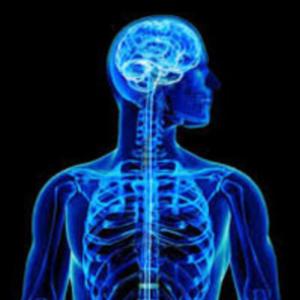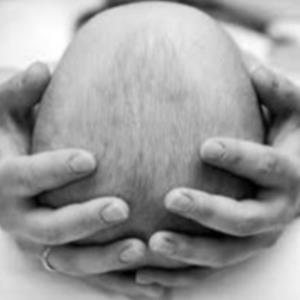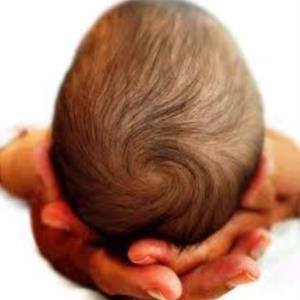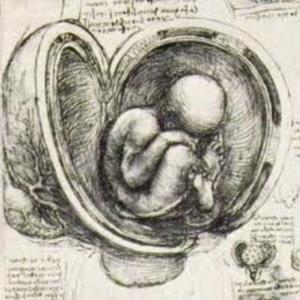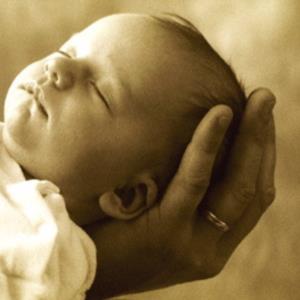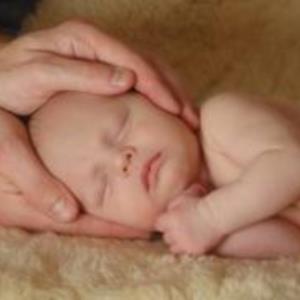Effects of Interventions at Birth
Part 3
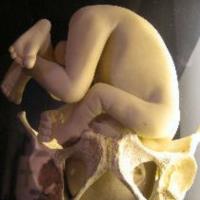
Births that have required intervention such as c-section deliveries and forceps or ventouse, have a different category of issues and physical patterns that arise from birth. These interventions can be life-saving and absolutely necessary, but their long-term consequences and the many ways in which they can impact the infant are rarely understood or fully addressed.
Common issues following interventions are restrictions and tightness in the complex system of cranial membranes. These house the brain, nervous system and influence the drainage of venous blood from the cranium and 'cleansing' of cerebro-spinal fluid. The membranes are intimately attached to the cranial bones, certain vertebral bones and the sacral segments (at the bottom of the spine). Via these attachments, they influence the balance of the facial bones, the neck, spine and pelvis and other structures in the body.
Image A, showing the bony attachments of the membranes to key structures in the cranium:
Image A
The Cranial membranes and all of their related attachments are directly impacted by c-section and ventouse delivery. Their attachments to the cranial bones and vertebrae of the spine and sacrum create a 'reciprocal tension' effect in the body. Like a ripple, this transmits patterns of misalignment throughout the structure of the body. Often the membranes are the primary seat of cranial imbalance and dysfunction, actively distorting the bones that they support.
In many cases the baby's body will grow into pattern of imbalance unless restrictions are released. These restrictions can be focused deep within the internal structures of the cranium, causing serious displacement of important structures and dysfunction. (Some typical examples of birth trauma are described in part 4 of this article.)
Once the bones have fused, treatment to rectify imbalance will take longer and is unlikely to be as complete as treatment early in life, when the body's structure is more malleable and patterns are less engrained.



